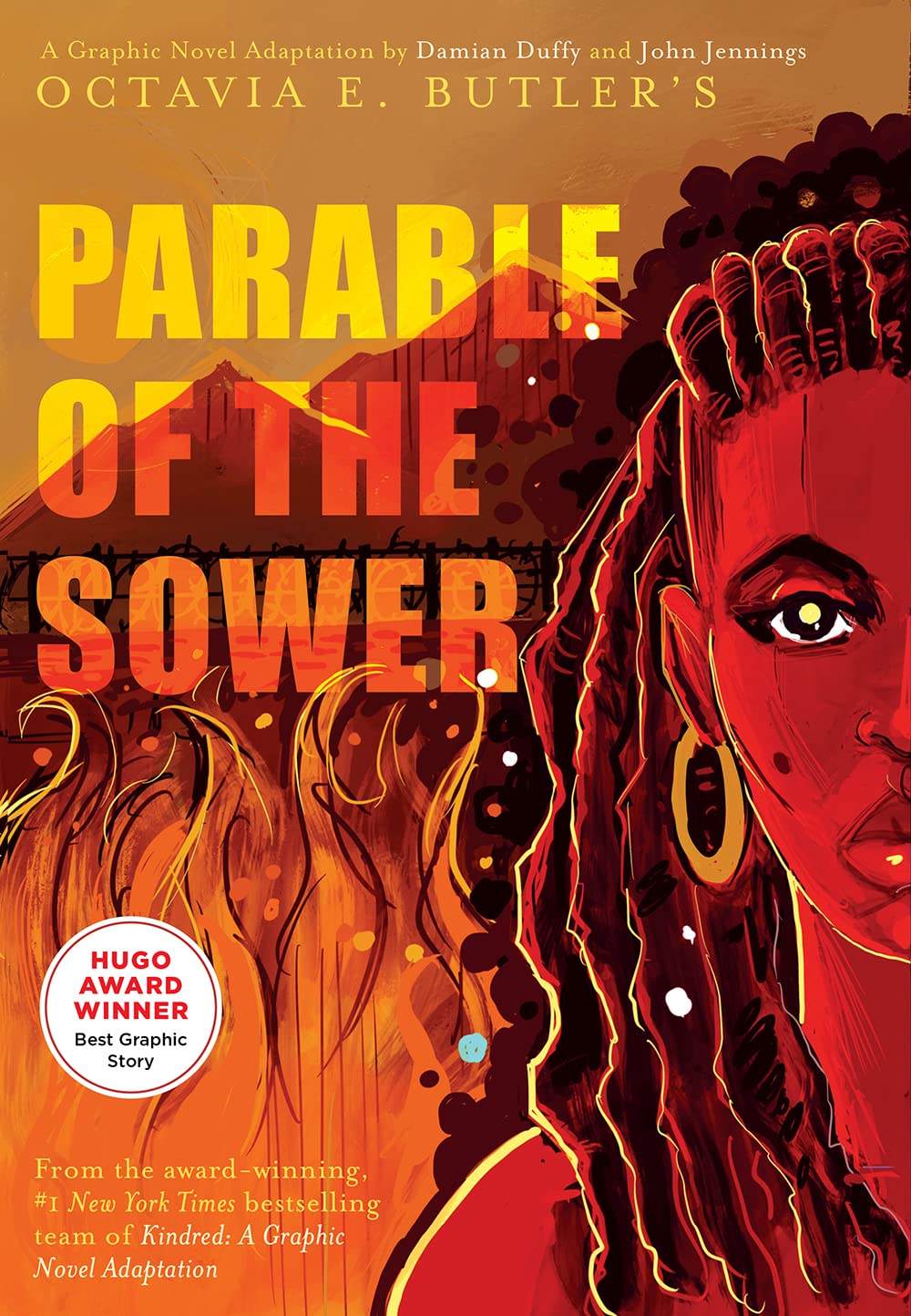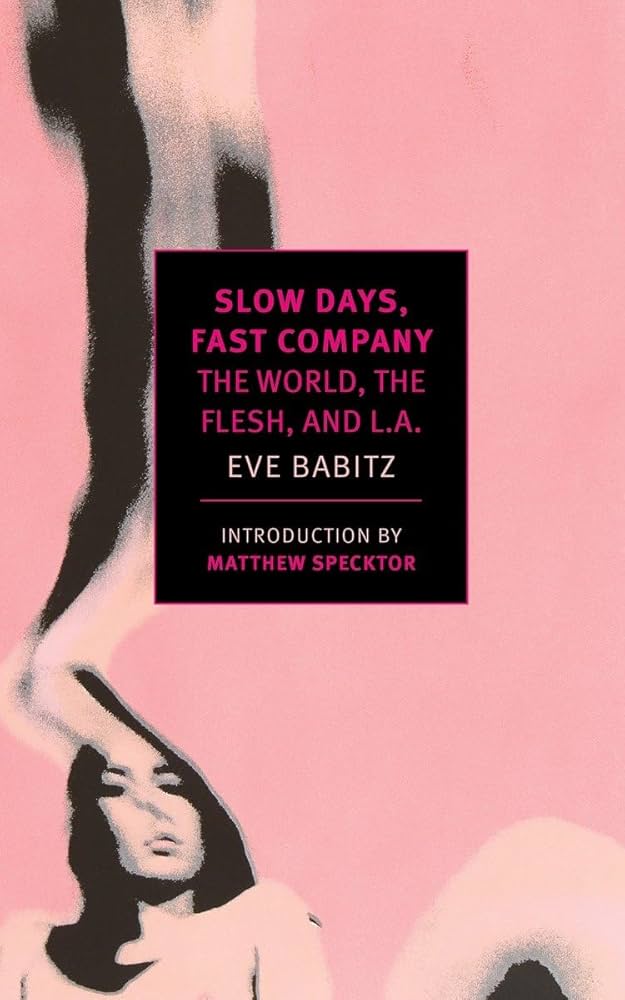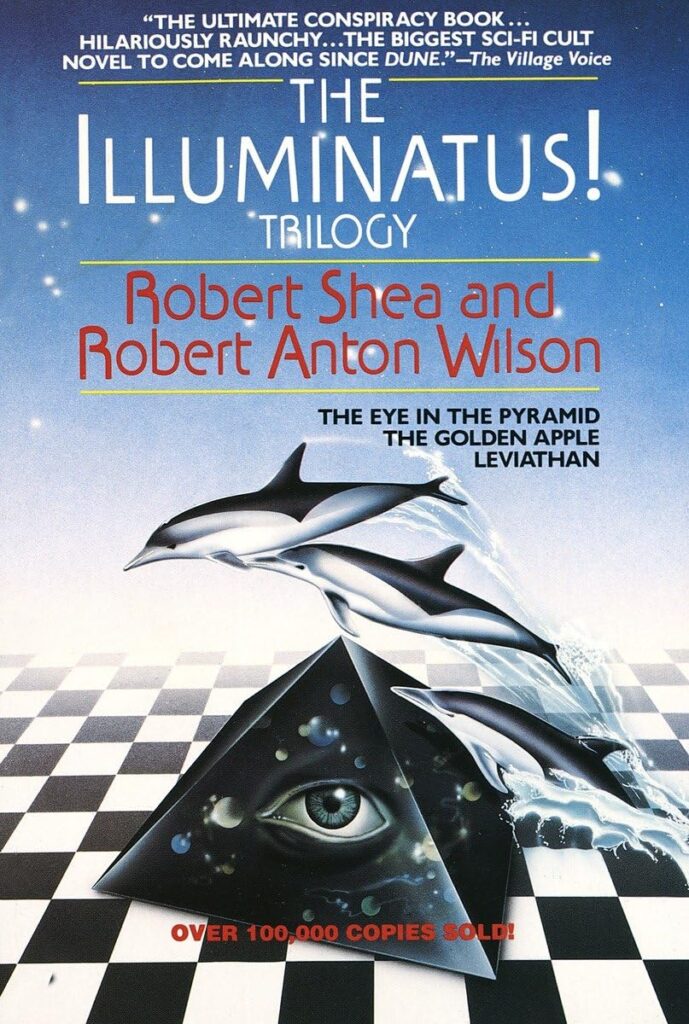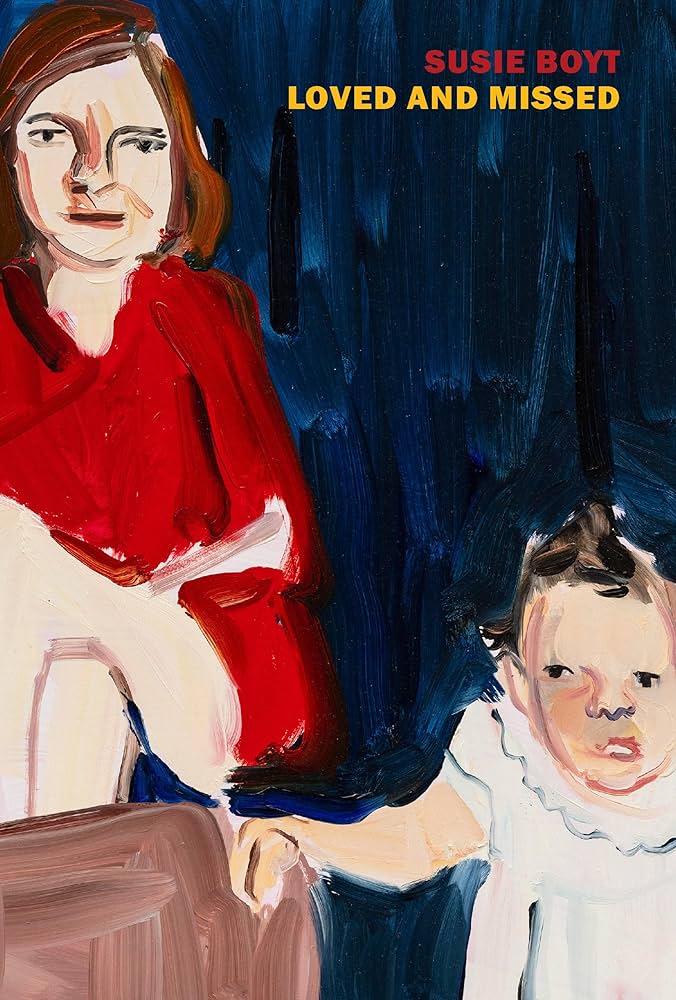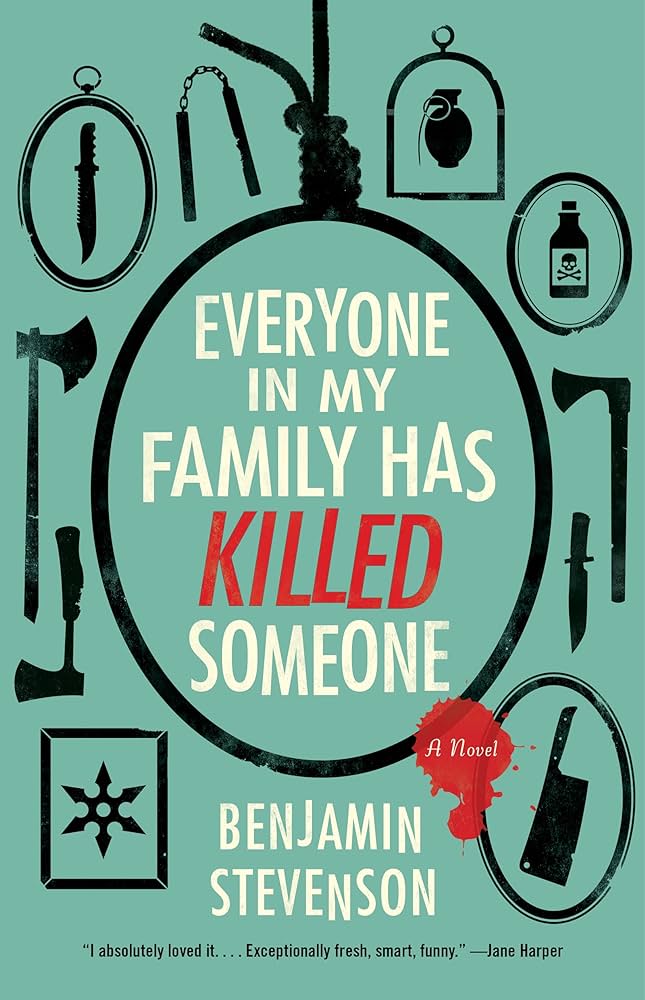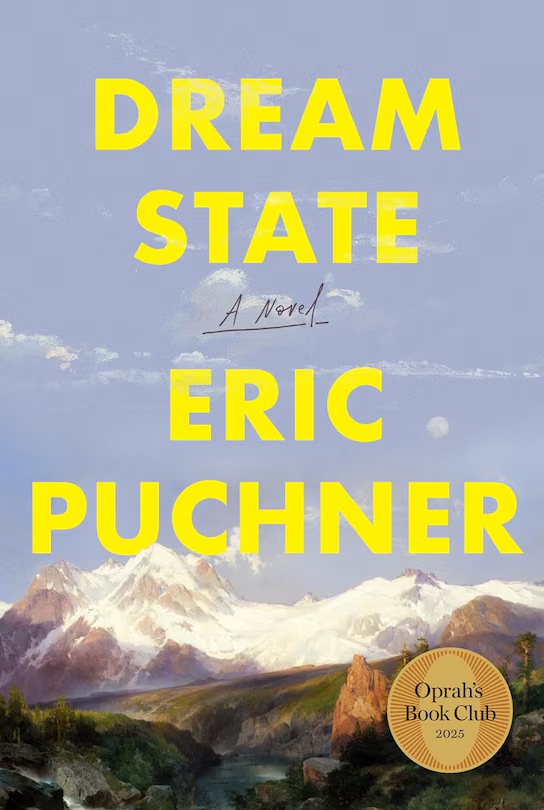I didn’t know that Butler’s classic existed as a graphic novel until I saw a recent news item about the release of the adaptation of the sequel, The Parable of the Talents. Damian Duffy and John Jennings started by adapting Octavia E. Butler‘s 1979 novel Kindred into a graphic novel in 2017, and followed it up with what might be her most prescient novel. Originally published in 1993, The Parable of the Sower tells the story of Lauren Olamina, a preacher’s daughter. Lauren lives with her family in a gated community in California, and after a series of invasions and nights of terror, the community’s security crumbles and she’s forced to travel to safety across the dystopian hellscape… of 2024.
Lauren is a “hyperempath”: she physically experiences the pain and pleasure of those around her. She also has a concept for a spiritual belief system she calls “Earthseed”, which is developed over the course of the story. The novel widely considered a classic in the vein of 1984 or The Handmaid’s Tale, regarded by many as Butler’s best1.
Damian Duffy is a scholar, writer, and cartoonist with a focus on African American literature and visual storytelling, while John Jennings is a professor, artist, and curator whose work centers on Afrofuturism, race, and visual culture. Together, they’ve created an adaptation that’s both visually arresting and thematically faithful—bold, emotionally charged artwork that brings Butler’s vision to a new medium.
The adaptation is vivid, brutally beautiful, and careful in its approach. Duffy and Jennings take on the near-impossible task of translating Octavia Butler’s novel into a visual form, and they mostly pull it off with clarity and care.
Jennings’s artwork captures the violence, fragility, and fleeting hope of Butler’s broken America. The cast and setting are sprawling, and in the novel there is ample time for worldbuilding, but Jennings and Duffy manage to keep things contained and intuitive. The story’s constant movement, across ruined cities and burning highways, through grief and horror, never feels jumbled or rushed. Duffy’s adaptation sticks close to the novel’s structure, and resists any temptation to drag the story toward present-day politics, despite being written during Trump’s first term. This isn’t a modern reimagining—it’s the original vision, just rendered panel by panel.
The book opens with a heavy stretch of Lauren’s journal entries, caption-heavy and mostly dialogue-free. It’s a necessary device, but feels detached from the visuals at first. Once the story begins to move and Lauren’s conversations with her family emerge, the adaptation finds its rhythm.
The one shortfall is in the handling of Lauren’s hyperempathy. In the novel, it’s a defining, complicating trait that informs Lauren’s motivation throughout the story. In the graphic version, it’s present, but less critical. Duffy and Jennings do their to translate this internal trait into the visual format, but a few key scenes lose their sting as a result. Some things don’t transfer between mediums easily.
Still, it’s a great adaptation—rich, urgent, and deeply respectful of its source. I’ve read the novel several times, so I’m curious how it lands with someone coming in fresh. I’ll hand it to my comic-book-obsessed teenager and report back.
Further Reading
Parable series at the Octavia Butler website
Parable of the Sower on Book Marks
- For my money, Sower is a close second to Dawn and the Xenogenesis books

